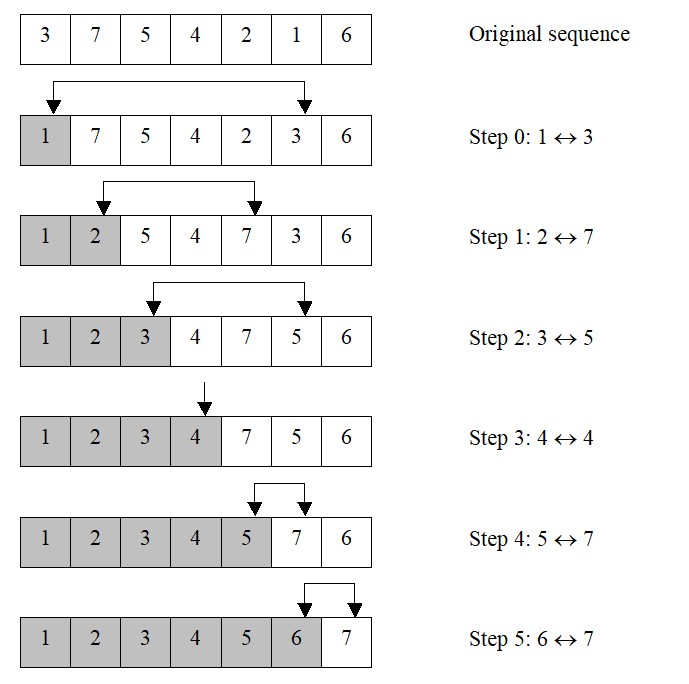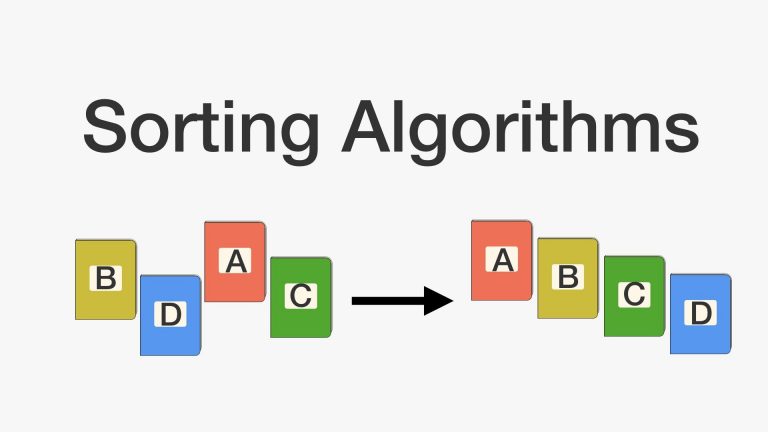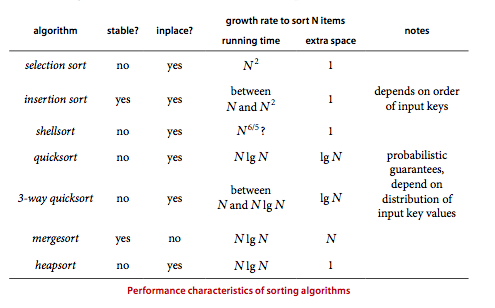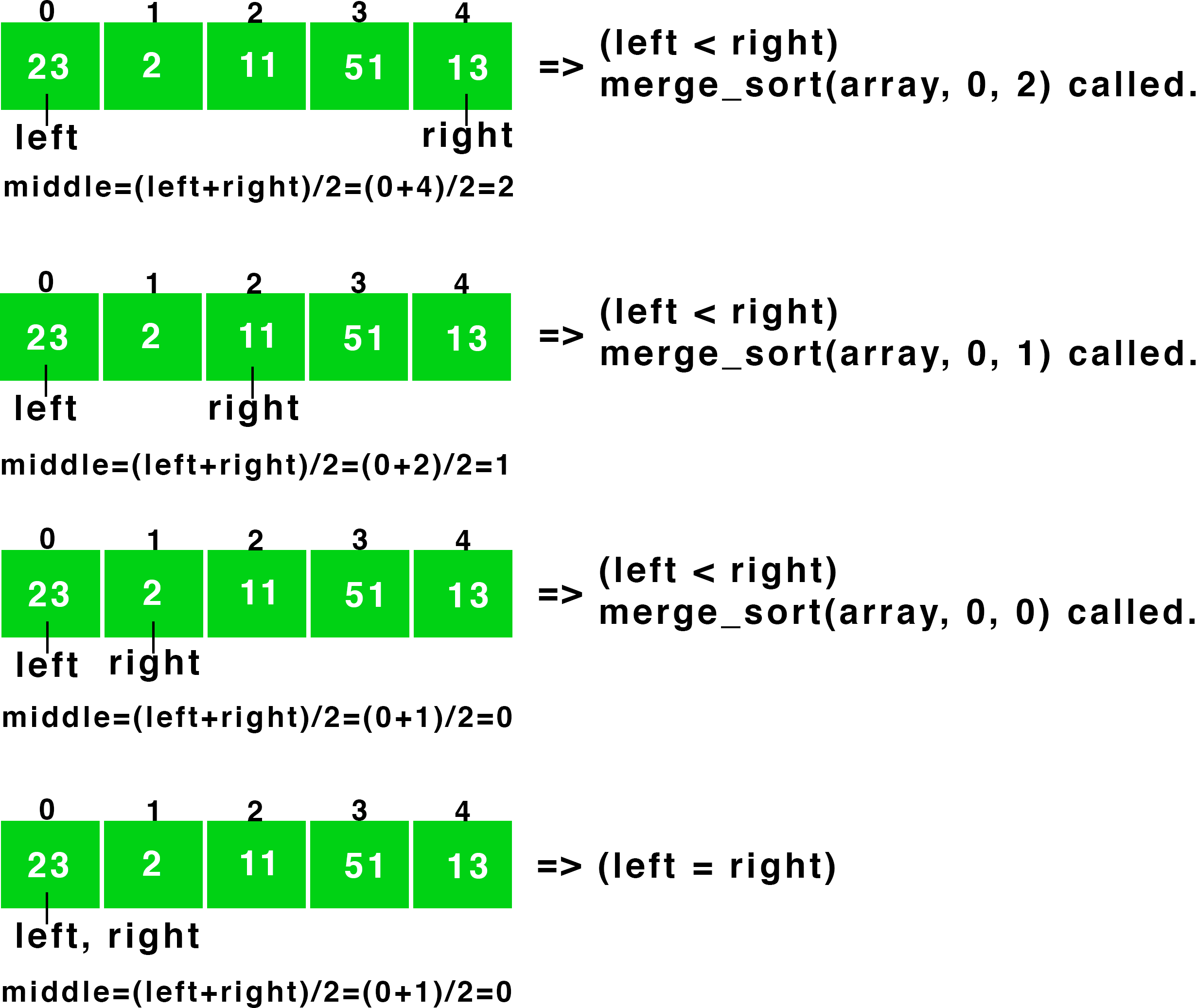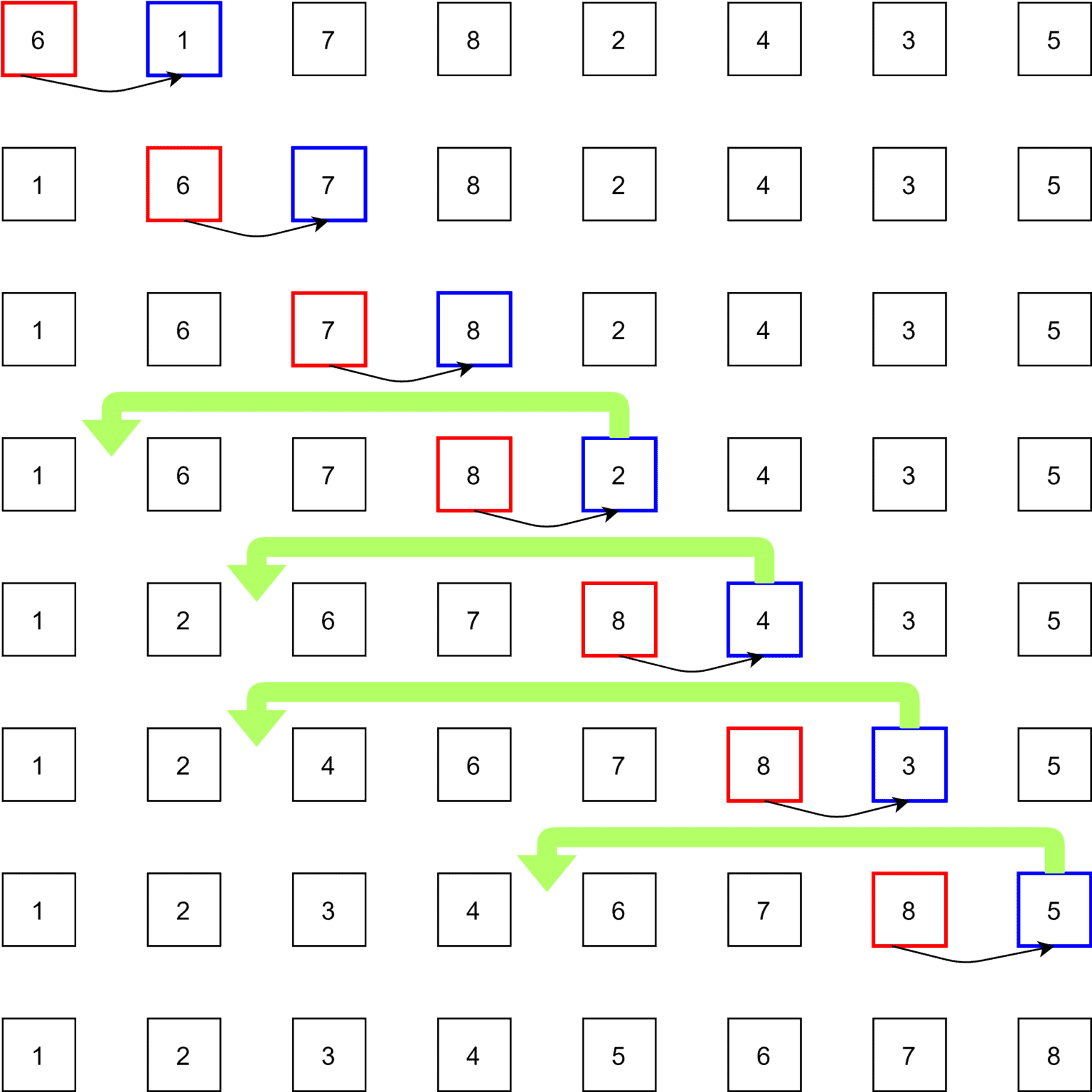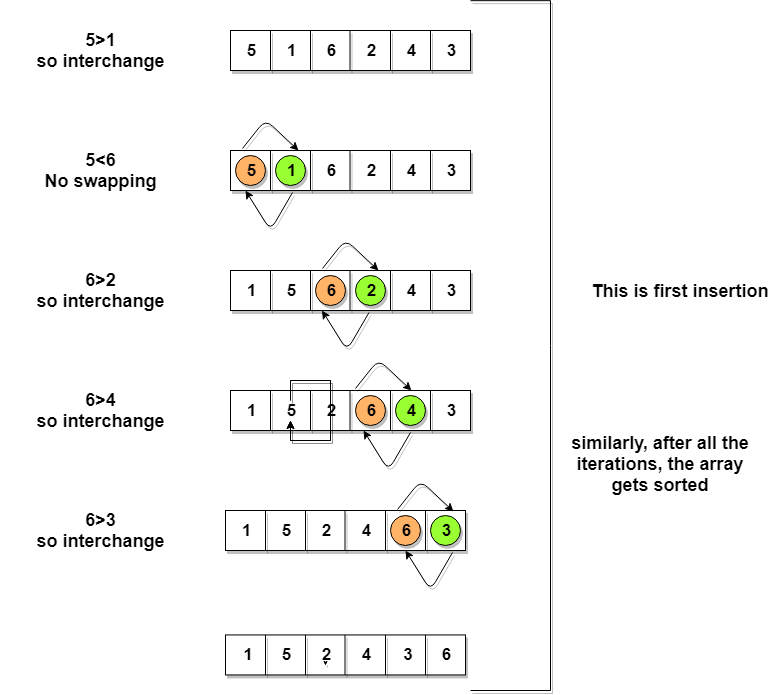Sorting By Replacement Selecting Presentation
| Introduction to Sorting by Replacement Selecting | ||
|---|---|---|
| Sorting by replacement selecting is a sorting algorithm that focuses on selecting elements and replacing them in their correct positions. This algorithm is particularly useful when dealing with large datasets that require efficient sorting methods. By selecting and replacing elements in the correct order, we can achieve a sorted dataset in an optimal manner. | ||
| 1 | ||
| How Sorting by Replacement Selecting Works | ||
|---|---|---|
| The algorithm starts by selecting the smallest (or largest) element from the unsorted portion of the dataset and placing it in its correct position in the sorted portion. This process is repeated until all elements are in their correct positions, resulting in a fully sorted dataset. Sorting by replacement selecting can be performed in either ascending or descending order, depending on the specific requirements. | ||
| 2 | ||
| Advantages of Sorting by Replacement Selecting | ||
|---|---|---|
| Sorting by replacement selecting is relatively easy to implement and understand, making it accessible for both beginner and experienced programmers. This algorithm has a time complexity of O(n^2), which is efficient for small to medium-sized datasets. It requires minimal additional memory, as the sorting is done in-place, making it suitable for situations with limited memory resources. | ||
| 3 | ||
| Limitations of Sorting by Replacement Selecting | ||
|---|---|---|
| Sorting by replacement selecting is not the most efficient algorithm for large datasets, as its time complexity can be a disadvantage. It may perform poorly when sorting datasets with a high degree of disorder, as it relies on selecting elements in their correct order. If the dataset contains duplicate elements, the algorithm may not preserve their original order during the sorting process. | ||
| 4 | ||
| Steps of Sorting by Replacement Selecting 1. Identify the unsorted portion of the dataset. 2. Select the smallest (or largest) element from the unsorted portion. 3. Replace the selected element with the first element of the unsorted portion. 4. Repeat steps 2 and 3 until all elements are in their correct positions. | ||
|---|---|---|
| Your first bullet Your second bullet Your third bullet | ||
| 5 | ||
| Example of Sorting by Replacement Selecting | ||
|---|---|---|
| Let's consider an example dataset: [5, 3, 2, 1, 4] We start by selecting the smallest element, which is 1, and place it in the first position. The dataset becomes [1, 3, 2, 5, 4]. | ||
| 6 | ||
| Best Use Cases for Sorting by Replacement Selecting | ||
|---|---|---|
| Sorting by replacement selecting is ideal for small to medium-sized datasets where simplicity is preferred over efficiency. It can be used in scenarios where memory resources are limited, as it requires minimal additional space. This algorithm is suitable for situations where the dataset is not highly disorderly and does not contain many duplicate elements. | ||
| 7 | ||
| Comparison with Other Sorting Algorithms | ||
|---|---|---|
| When compared to more efficient algorithms like QuickSort or MergeSort, sorting by replacement selecting may not be the best choice for large datasets. However, it can be a viable option for simpler sorting tasks or situations with limited resources. It is important to consider the specific requirements and constraints of the sorting task before choosing the appropriate algorithm. | ||
| 8 | ||
| Conclusion | ||
|---|---|---|
| Sorting by replacement selecting is a simple and straightforward algorithm for sorting datasets. It is efficient for small to medium-sized datasets and requires minimal additional memory. While it may not be the most efficient algorithm for large or highly disorderly datasets, it can still be a useful tool in certain scenarios. | ||
| 9 | ||
| Questions and Discussion | ||
|---|---|---|
| Are there any specific scenarios where sorting by replacement selecting would be more advantageous than other sorting algorithms? How can we optimize the performance of sorting by replacement selecting for larger datasets? Are there any practical examples where sorting by replacement selecting has been successfully implemented? | ||
| 10 | ||
